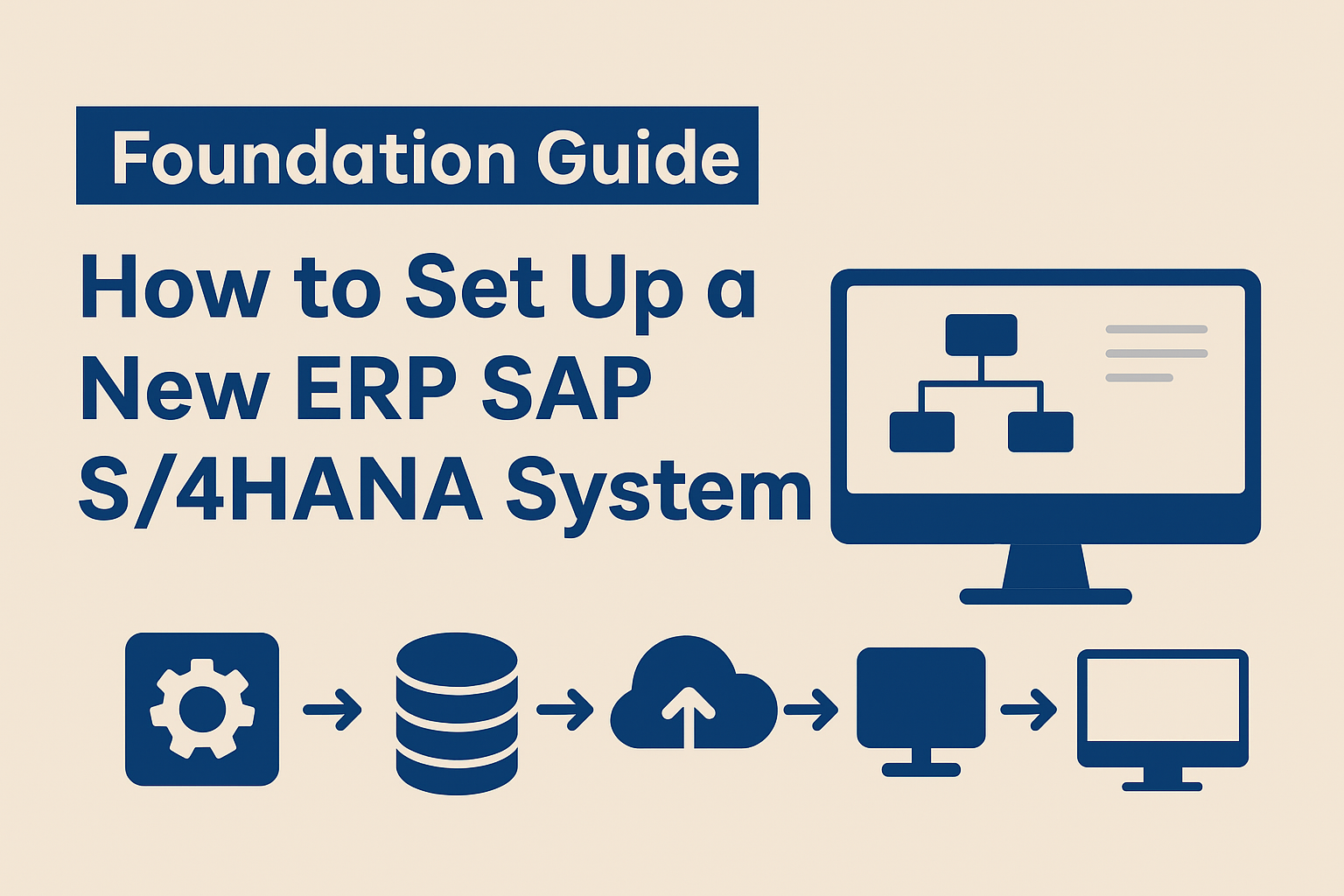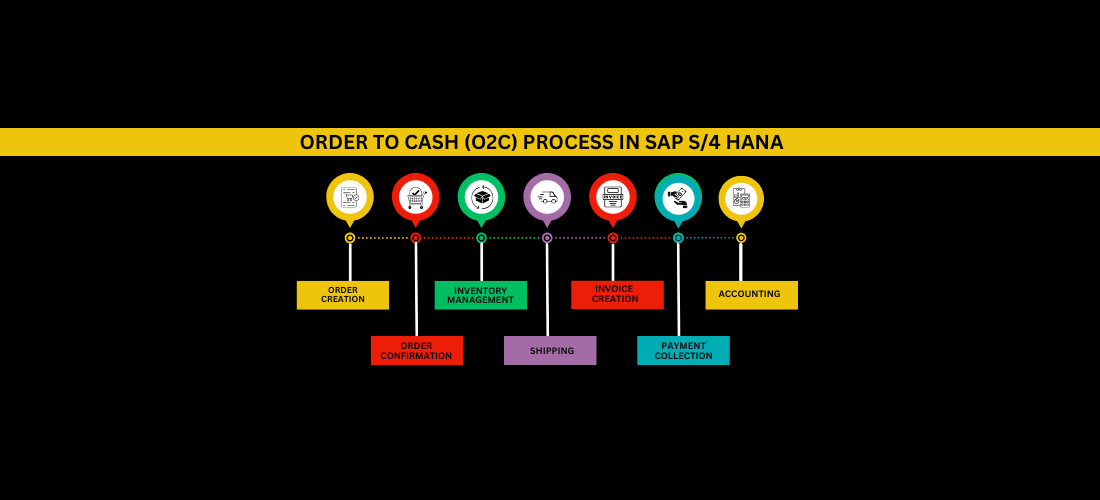Key Takeaways
-
Learn what cost centers are and why they matter
-
Understand basic SAP CO cost center reports
-
Master the top T-Codes for cost monitoring
-
Discover real-life use cases for finance and controlling teams
-
Perfect for beginners, finance interns, and SAP learners
In SAP Controlling (CO), Cost Centers act as “cost buckets” to track where expenses are incurred within an organization. Whether it’s HR, production, or marketing—each area can have its own cost center to monitor spend and support better decision-making.
What Are Cost Centers in SAP CO?
In SAP Controlling (CO), a cost center represents a department or function where costs occur. Think of it like a “cost bucket.”
Examples:
-
HR Department → HR_COST_CENTER : This maps the Human Resources Department to a cost center called HR_COST_CENTER.
It’s used to track all HR-related expenses—like salaries of HR staff, recruitment costs, training program costs, etc. -
Sales Team → SALES_CC: The Sales Department is linked to the SALES_CC cost center.
It collects costs related to sales activities—such as salesperson salaries, travel, customer meetings, or advertising spend. -
Manufacturing Line 1 → PRODLINE1: This assigns Production Line 1 (a specific assembly or manufacturing unit) to the PRODLINE1 cost center.
It captures costs like machine maintenance, raw materials, operator wages, and utility usage for that particular production line.
Each cost center helps you track expenses, compare budgets vs actuals, and control unnecessary spending.
Why Cost Center Reporting Matters
Without proper reporting, you’re flying blind.
Cost center reports help you:
-
Analyze how much each department spends
-
Detect budget overruns early
-
Improve cost efficiency across the organization
-
Present accurate financial data to management
Analyze how much each department spends
-
What it means:
You can track actual expenses by department (HR, Sales, Production, etc.). -
Why it matters:
Helps finance teams and department heads understand where the money is going, and whether spending aligns with the budget.
Detect budget overruns early
-
What it means:
By comparing planned (budgeted) costs with actual costs in reports, you can spot when a department is spending more than allowed. -
Why it matters:
Early detection gives time to correct course—for example, by freezing new purchases or reallocating funds.
Improve cost efficiency across the organization
-
What it means:
Cost center reporting highlights inefficiencies or areas where costs can be reduced (e.g., underutilized resources, duplicate activities). -
Why it matters:
This helps businesses cut waste and operate more profitably without reducing quality.
Present accurate financial data to management
-
What it means:
Cost center reports give clear, segmented financial information—organized by function or department. -
Why it matters:
Management gets a better view of financial health, can make informed decisions, and ensure accountability across teams.
Most-Used SAP CO Cost Center Reports
Here are the top standard SAP reports every beginner should know:
| Department/Function | Cost Center Code Example | Purpose |
|---|---|---|
| Human Resources (HR) | HR_COST_CENTER | Tracks recruitment, payroll admin, employee benefits |
| Sales & Marketing | SALES_CC | Monitors costs related to promotions, sales teams, events |
| IT Department | IT_SERVICES | Records expenses for software, hardware, tech support |
| Finance & Accounting | FIN_CTRL_CC | Tracks compliance, accounting services, audits |
| Production Line 1 | PRODLINE1 | Measures raw material usage, labor, maintenance |
| R&D | RND_TEAM_A | Captures innovation, prototypes, testing costs |
| Logistics & Supply Chain | LOGISTICS_CC | Records warehousing, transportation, delivery costs |
| Customer Support | SUPPORT_SERVICES | Tracks customer care, complaint handling, call center expenses |
| Facility Management | FACILITY_MGMT | Covers maintenance, rent, utilities, security |
| Training & Development | LEARNING_CC | Measures internal training programs and certifications |
✅ Transparency in financial tracking
✅ Department-level accountability
✅ Better forecasting & budget control
✅ Easier variance analysis
✅ Stronger internal reporting
| Benefit | Impact |
|---|---|
| Budget control | Helps identify overspending early |
| Transparency | Shows where every rupee is going |
| Decision-making support | Gives managers clear, data-backed choices |
| Audit readiness | Every expense is traceable and documented |
| Process efficiency | Reduces rework and reporting errors |
SAP CO Cost Centers are foundational to effective cost management. By setting up and using the right cost centers, organizations gain control over where money goes—and why. Whether you’re in HR, finance, production, or sales, cost centers help track, analyze, and improve your operational efficiency.
Top FAQs – SAP CO Cost Center Reporting
1. Which module handles cost center reports in SAP?
SAP Controlling (CO), specifically Cost Center Accounting (CCA).
2. Do I need CO knowledge to run reports?
Basic SAP navigation skills are enough to start. A good training will help.
3. Can I export these reports?
Yes! You can export most reports to Excel or PDF for analysis and sharing.
4. What’s the difference between KSB1 and S_ALR reports?
KSB1 shows line items, while S_ALR reports show summarized overviews.
5. Are these reports available in S/4HANA?
Yes. In S/4HANA, they’re available via Fiori apps or classic T-Codes.
SAP CO Cost Center Reports help you keep your budgets on track, monitor team expenses, and offer clear visibility to your management. If you’re a beginner in SAP, learning these reports gives you a powerful advantage.
Want to Learn SAP CO the Right Way?
Join Ageis Technova’s SAP CO Training for:
-
Hands-on cost center reporting
-
Budget control with real-time data
-
Trainer-led sessions + live project practice
-
Certification prep + job support
📞 Call: +91-74287 06064
📧 Email: info@ageistechnova.com
🌐 Visit: www.ageistechnova.com



